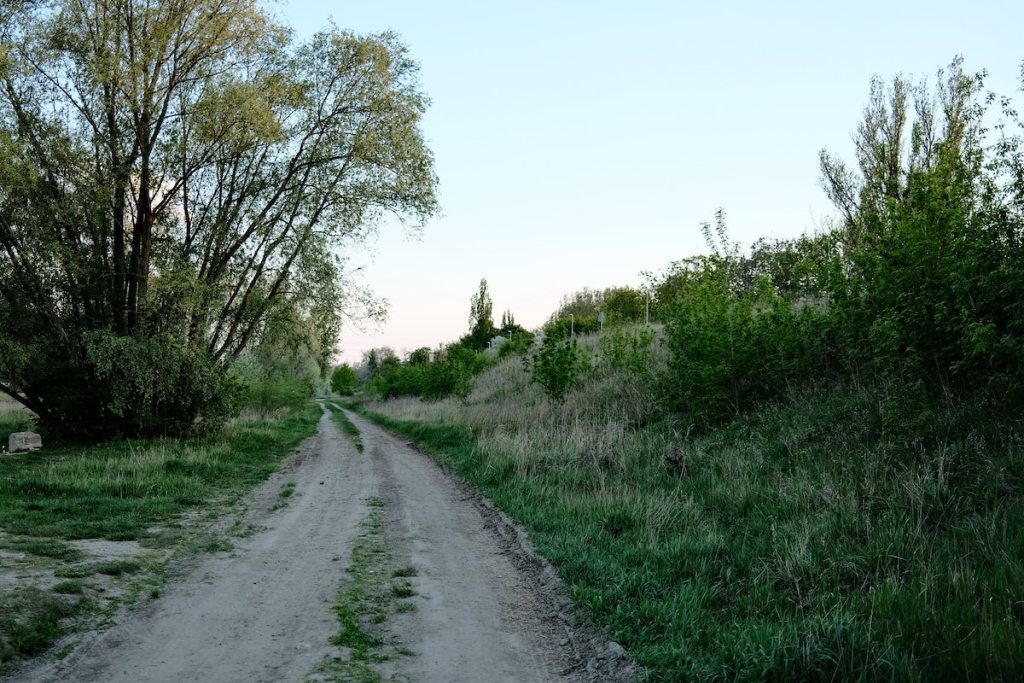Extreme storms, droughts, and intense heat waves are affecting food harvests across the planet. All indications are that these events will intensify and reduce future crop yields even more. Scientists are working to hybridize seeds to better withstand these impacts; an increasing number of farmers are moving away from monocrops, synthetic fertilizers, and pesticides and toward regenerative practices to create healthier, water-retaining soils.
Except as monocultures, food trees and shrubs are often overlooked as a low-impact source of food. When combined, they create healthy diversity. The plants can be layered based on their verticality, with large trees sheltering smaller ones, interspersed with bushes, flowering plants, fungi, and sometimes vines, all for diverse food production. The goal is solar management — selecting which plants receive the sun, for how long, and during which seasons. An example is Bird Friendly Coffee. This certification means the coffee is 100 percent organic and shade-grown while ensuring preservation of bird habitat.
There are more than 70 species of perennial tree crops, ones that produce edible food year after year while sequestering atmospheric carbon in their leaves, stems, trunks, roots, and associated soils. Moreover, some of these grow well in hilly, rocky, and rain-deficient places, locations that otherwise would not be used to produce food.
Sign up for Indy Today to receive fresh news from Independent.com, in your inbox, every morning.
We are familiar with many of these species: fruit and nut trees, berries, artichokes, coffee, asparagus, and grapes. Others, such as the moringa tree, are less known. Native to the rugged Himalayan foothills, the moringa has edible leaves containing 30 percent protein and all nine of the essential amino acids. They can be eaten fresh, cooked, or dried and ground into powder. The bark, flowers, seeds, and roots are also food. Another example is pongamia, a tropical tree that produces beans high in protein and oil content. Terviva, a California company, is planting these trees in many places in the U.S.
Regenerative agroforestry mimics natural ecosystems while creating self-sustaining financial and ecological returns. In California, it is transforming many vineyards. Tres Sabores, a Napa winery, has been nurturing biodiversity in its dry-farmed vineyards for 25 years. Pomegranate, pear, and apple trees create windbreaks and habitat for pollinators. Birds and bats feast on vine-harming insects. Lavender, sage, and buckwheat protect the soil. Native oaks cover the close-by hills. As temperatures increase, trees provide end-of-day shade to allow grapes to recoup. Plant diversity facilitates healthy mycorrhizal networks below ground.
Productive trees, shrubs, and other woody plants are among the most effective natural agents of carbon sequestration. In addition to food, many such polycultures provide medicines, building materials, fuel, clothing fibers, and natural dyes. They provide abundant food, human and soil health, and, most importantly, a potent antidote to climate change. Regenerative agriculture, including agroforests, needs to become the norm since our all-inclusive food system produces 34 percent of global greenhouse-gas emissions.
Support the Santa Barbara Independent through a long-term or a single contribution.

